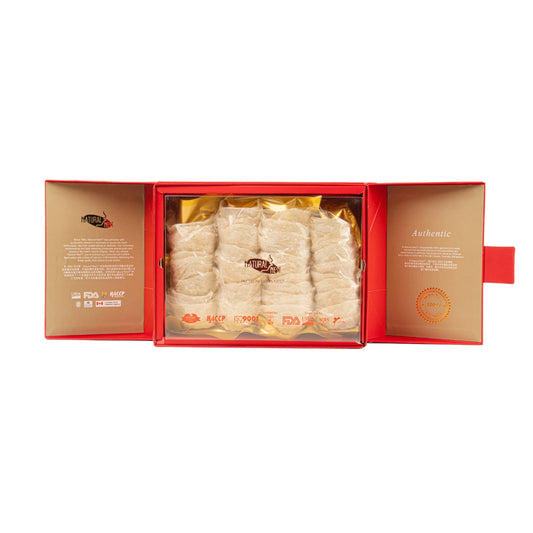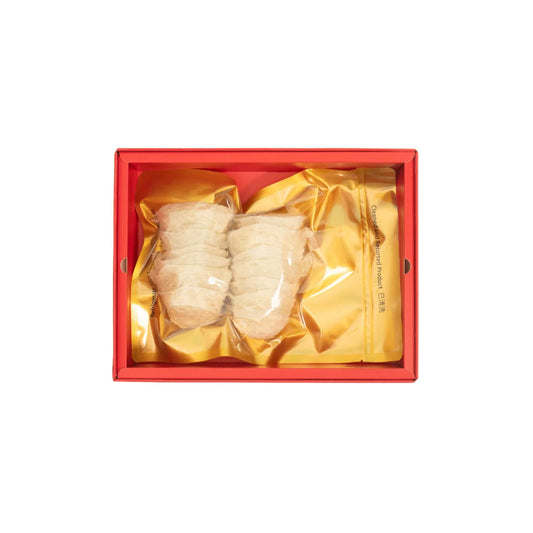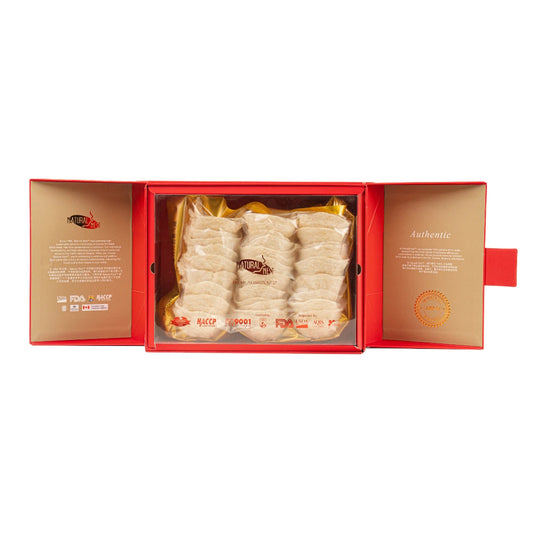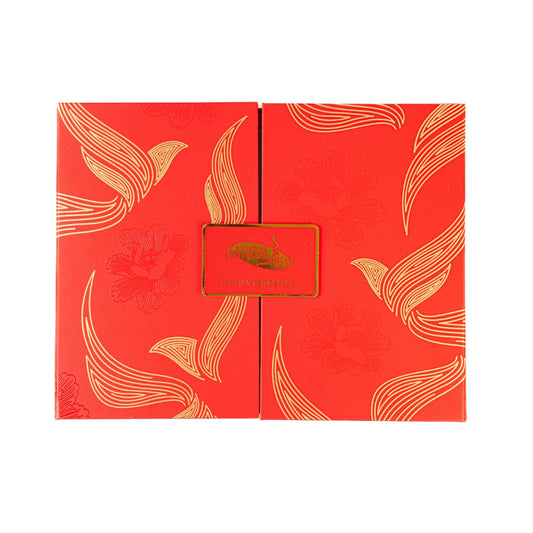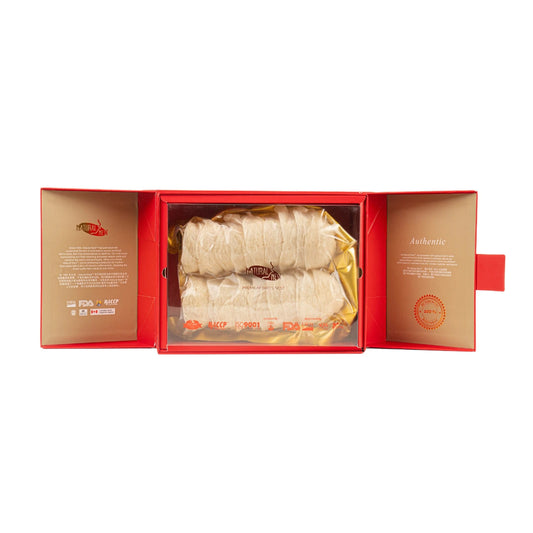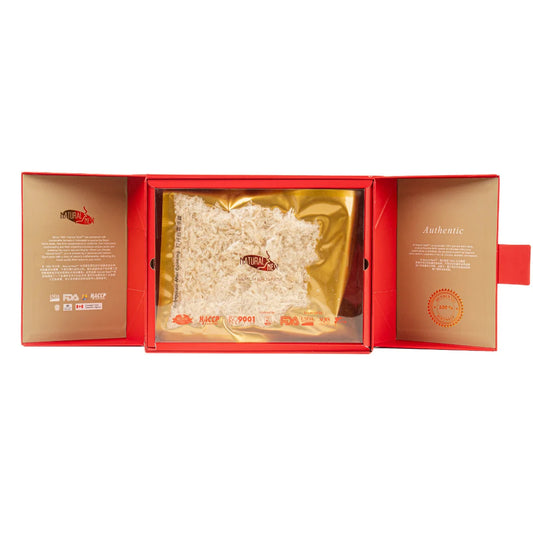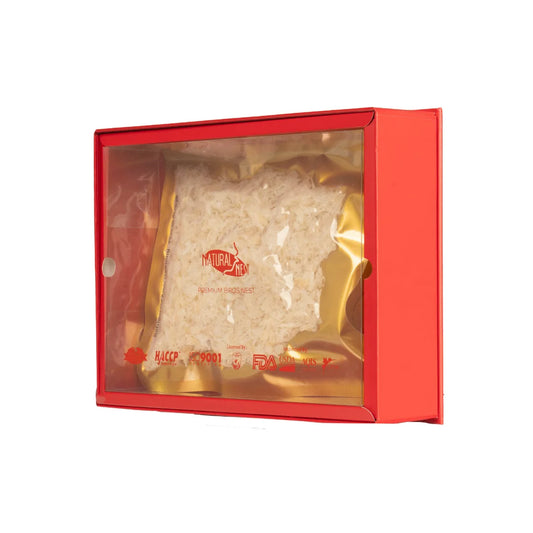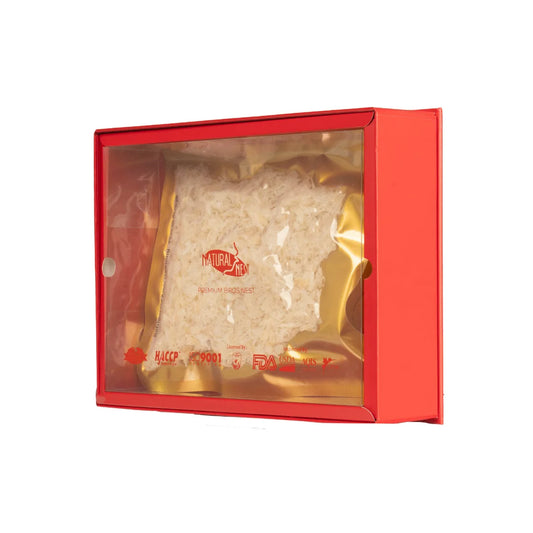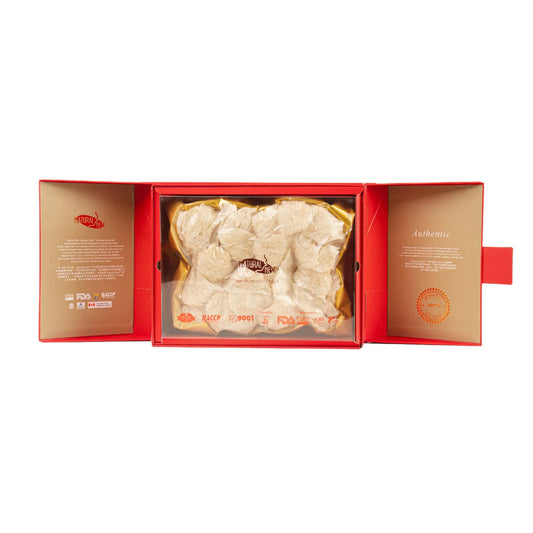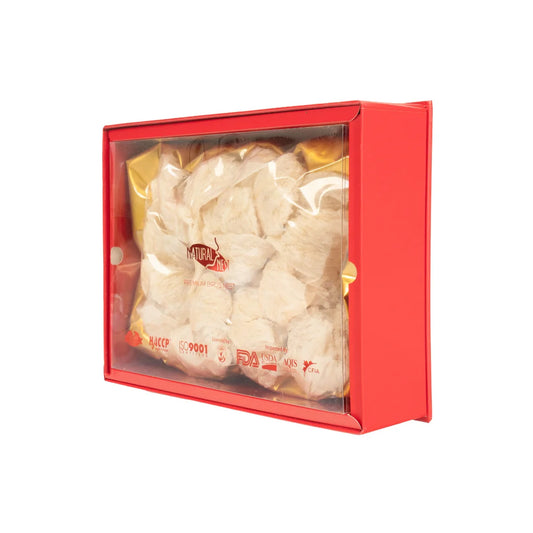Luxury foods symbolize more than just taste—they signify tradition, status, and rarity. From the depths of the ocean to the high cliffs of Southeast Asia, certain ingredients have gained an exalted status due to their exclusivity and unique health benefits. Here are some of the most luxurious foods in the world, including Holothuria, abalone, and Chinese edible bird’s nests, along with other rare delicacies that define opulent dining.
1. Holothuria (Sea Cucumber)

Native to the ocean floors of Asia and Europe, Holothuria, or sea cucumber, is celebrated for its gelatinous texture and neutral flavor. It is a staple in Chinese banquets and revered for its medicinal benefits, including promoting joint health and boosting vitality. Harvesting and preparing sea cucumber is labor-intensive, contributing to its high price, making it a prized delicacy.
2. Abalone

Known as the "Gold of the Sea," abalone is a rare shellfish often found along the rocky shores of Australia, New Zealand, and Japan. Its tender, meaty flesh has a slightly sweet flavor, making it a gourmet choice for soups, sashimi, and braised dishes. High in protein and packed with omega-3 fatty acids, abalone is considered a powerful tonic in traditional Asian medicine, believed to support eye health and improve circulation.
3. Chinese Edible Bird’s Nests

These nests, made from the hardened saliva of swiftlet birds, are a delicacy in Chinese cuisine. Often used in bird’s nest soup, they are prized for their high glycoprotein content, which is believed to promote skin rejuvenation, boost immunity, and improve respiratory health. With a history dating back thousands of years, edible bird’s nests remain one of the most sought-after and expensive health foods.
4. White Truffles

Found in the forests of Northern Italy, white truffles are known as the “Diamonds of the Kitchen.” Their pungent aroma and intense, earthy flavor elevate any dish, making them highly desirable among gourmet chefs. Truffle hunting is a meticulous process, and their scarcity drives prices up to thousands of dollars per pound. Typically shaved over pasta or risotto, white truffles are a luxurious addition to any meal.
5. Beluga Caviar

Beluga caviar, derived from the Beluga sturgeon found in the Caspian Sea, is one of the most expensive foods in the world. The delicate pearls are known for their buttery texture and rich, briny taste. Due to overfishing and strict regulations, authentic Beluga caviar is increasingly rare, making it a symbol of ultimate luxury at high-end events and gourmet restaurants.
6. Wagyu Beef

Wagyu beef, particularly the Japanese Kobe variety, is famed for its intricate marbling and melt-in-your-mouth texture. The cows are raised under strict conditions, receiving special diets and care to ensure their meat develops a high-fat content. Wagyu beef’s rich flavor and tender consistency make it a delicacy often served as steaks, sashimi, or in shabu-shabu (hot pot).
7. Matsutake Mushrooms

Matsutake mushrooms are one of the rarest and most expensive fungi, native to Japan’s pine forests. With their spicy, aromatic flavor, they are cherished in Japanese cuisine. Due to the decline in their natural habitat and difficulty in cultivation, Matsutake mushrooms are a seasonal luxury, served grilled, in rice dishes, or lightly steamed to preserve their distinct taste.
Conclusion
These luxurious foods represent the pinnacle of gourmet dining, sought after for their rarity, exquisite taste, and health benefits. Whether found in the ocean, forests, or remote caves, each of these delicacies has carved out a special place in the world of fine cuisine, providing diners with an unparalleled sensory experience and a taste of true extravagance.

